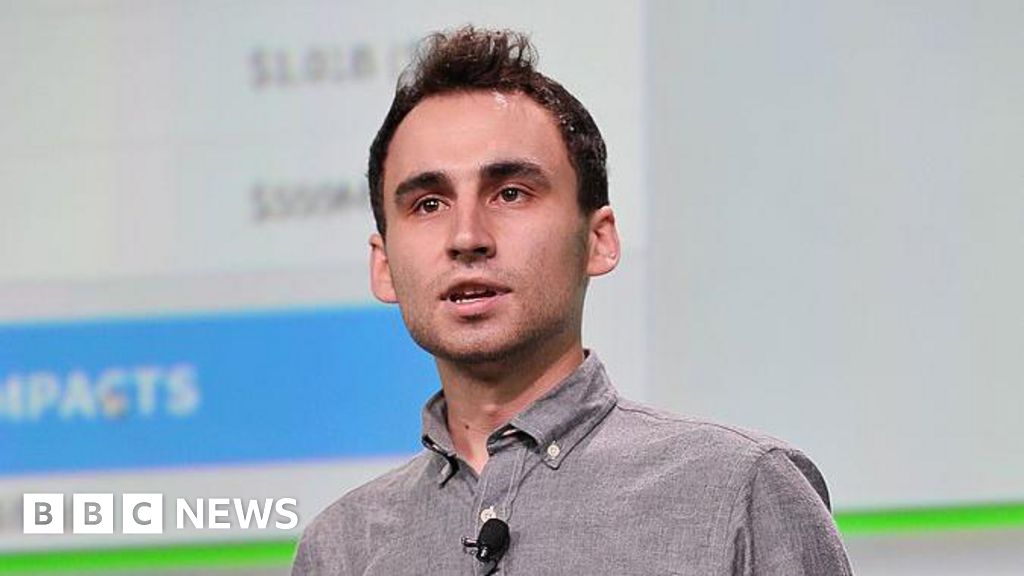A few months ago, I attended a conference. One of the presentations I attended was given by a company’s business development director. At the end of the presentation, all the questions the presenter received were technical. One after one, he couldn’t answer them.
Luckily, two engineers working at the same company were in the audience and answered the questions from their seats; the room was small enough to hear them without using microphones. If they hadn’t been there, I suspect many in the audience would have been underwhelmed by the presentation. The whole experience made me wonder why one of the engineers didn’t give the presentation. Especially since many in attendance were technically minded, the presenter should have expected questions to be technical in nature.
Could the business development director have been the presenter because both engineers felt uncomfortable presenting? If so, a company’s HR department can do something to address this issue: Create a speaker training program for the technical staff.
As advancements in AI and other cutting-edge technologies become increasingly integrated into the workforce, the reliance on technical professionals to share their expertise has never been greater. Clear communication can bridge the gap between complex technical concepts and practical applications, ensuring that all employees understand and can utilize new technologies. HR can play a critical role in making that happen.
The steps to establish a speaker program could include the following:
- Identify improvement areas for speakers
- Create a training that meets these needs
- Provide opportunities for practicing the training
- Track the progress of the training and its participants
Identifying improvement areas
Conducting surveys or polls with technical staff is a great way to find out areas in which they want to improve. Getting their buy-in to create a program is key. Without it, the program won’t be as effective.
I conducted a LinkedIn poll that asked the question, “What aspect of giving technical presentations is most challenging?” The choices were structuring a presentation, engaging an audience, and balancing technical depth and clarity. Balancing technical depth and clarity received 52% of the votes. An issue as prevalent as this may be one to focus on in subsequent training.
Using generative AI to get a sense of improvement areas can be useful, too. A potential prompt could be “List aspects of technical staff giving technical presentations that are most challenging.” Funny enough, when I entered this prompt into ChatGPT, many of the aspects listed were ones I included in my LinkedIn poll, with balancing technical depth and clarity near the top of the list.
Creating the training
Creating a speaker training program for technical staff involves answering the improvement areas in question. For example, when it comes to balancing technical depth and clarity, the question can be: “How can a technical presenter balance technical depth and clarity?” Potential answers? Lessons on and examples of analogies that convey complex information, adding informative visuals to presentations and soliciting feedback. Repeat this for other improvement areas.
I worked as a product development engineer in the orthobiologics space and had to give monthly presentations in front of senior management. Many in the audience didn’t even know what orthobiologics meant. To clearly explain my work to them without sacrificing the content, I often swapped out the technical jargon for more commonly used words. I used images in my slides instead of having text on the screen. After a presentation, I’d informally ask some of the audience members whether it was understandable and relevant. Incorporating all of this into a training makes the session useful since it addresses training participants’ needs.
Providing practice opportunities
Provide regular opportunities for practice. I had to give monthly presentations, so I had plenty of practice opportunities. Another potential chance for practice is through lunch-and-learn sessions where technical staff can present their work. If sessions are recorded, it is even better. They can review their performance and receive constructive feedback based on the specific challenges they’re trying to overcome.
Another opportunity for practice is appearing as a guest on podcasts. Podcast guesting offers a no-pressure platform for speaking on a topic of interest. Some companies even start their own podcasts, having staff members appear as guests to discuss their work. I’ve guested on several podcasts, and they’ve always been an excellent forum to practice speaking extemporaneously, which certainly comes in handy when giving presentations, particularly during the Q&A portion of presentations.
Tracking progress
Asking for speaker program participants’ feedback on the program’s effectiveness is essential. Such feedback allows for improvements to the program, while positive feedback about the program can encourage others to do the training. Potential questions to ask participants include:
- How has your knowledge of the topic improved after the training?
- What questions came up during the training that you wish were answered?
- What needs to be added to the training to make it more effective?
Regarding participants’ progress in giving presentations, encourage them to track their progress on specific metrics, such as reducing jargon or filler words. A great way to track progress is to record presentations and use a platform like Descript.io to obtain a presentation transcript. Then, presenters can search the transcript for jargon or filler words (umm, you know, so, like, etc.). Once they have that data, they have a number to beat for the next presentation.
Audience feedback can also help speaker training program participants track their progress. Potential questions may be (asked on a scale from 1 to 5):
- Was the presentation understandable?
- Was the presentation actionable?
- Was the presentation relevant?
Regular practice and feedback cycles will lead to noticeable improvement over time.
When technical professionals improve their presentation skills, it benefits a company on many levels. For instance, the technical staff becomes more useful to the company, as they can serve as representatives at conferences and industry events. In addition, with AI being integrated widely into the workforce and so many companies developing AI-enabled products, the technical staff can be trusted to translate complex information so their non-technical colleagues and other stakeholders can understand. A speaker training program can make the technical staff feel more comfortable giving presentations and address their challenges in delivering presentations.
Perhaps if those engineers at the conference I attended had undergone such a training, I wouldn’t have had to crane my neck to listen to their answers. They would have been at the front of the room giving the presentation.
Credit: Source link










